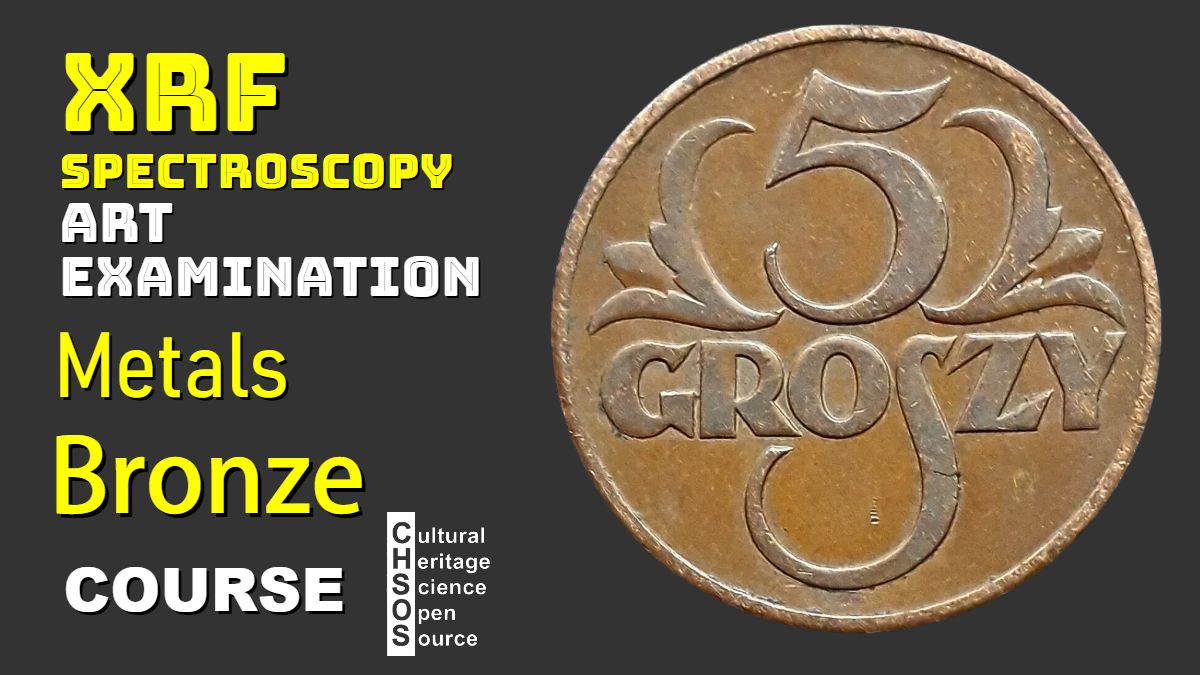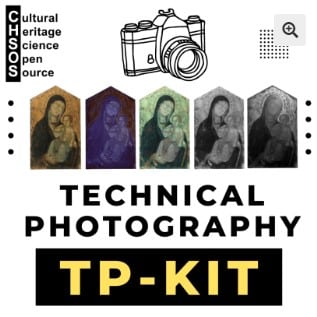
This lesson explores bronze, a key copper alloy used in art, coinage, and archaeology. Students will compare ancient and modern bronzes, analyzing composition differences and their implications for material properties and historical use.
Objectives
-
Recognize the role of tin and lead in ancient versus modern bronze.
-
Interpret XRF spectra from ancient and modern bronze coins.
Materials
-
Examples of ancient and modern bronze coins (e.g., Dupondius of Nîmes, Italian 10 cents 1938, Polish 5 Groszy 1938).
Lesson Plan
-
Introduce bronze as copper + tin, contrasting it with brass (copper + zinc) and billon (copper + silver).
-
Discuss compositional features of ancient bronze (5–15% tin, lead to improve casting).
-
Compare with modern bronze coins, highlighting lower tin content (~4%) and absence of lead.
-
Analyze and interpret XRF spectra of the three coins, identifying copper, tin, and lead peaks.







